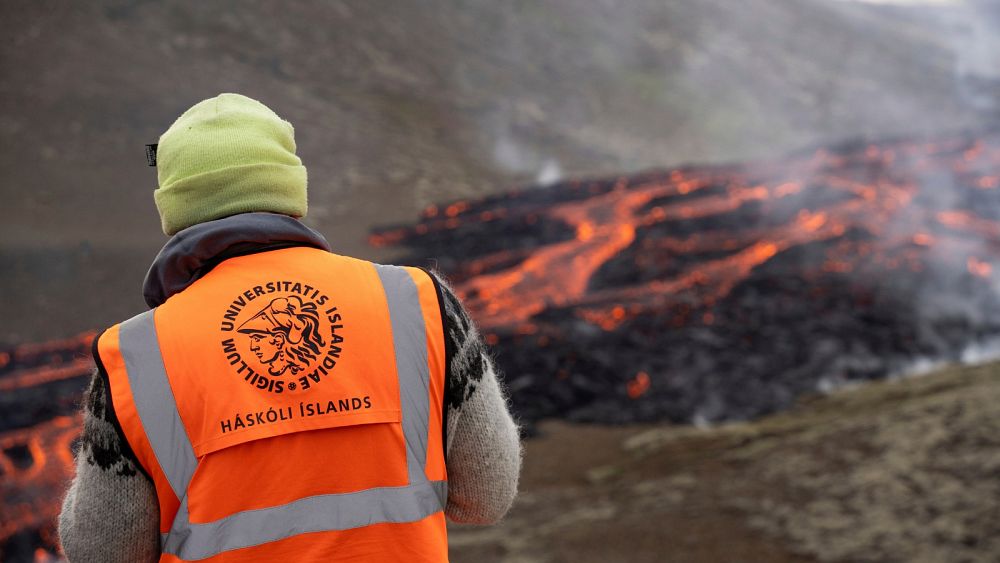Iceland has 33 active volcanic systems, the most in Europe, and thousands of tremors have been recorded since late October.
Officials have declared a state of emergency after a series of earthquakes rocked the Reykjanes peninsula in southwest Iceland, raising fears of a volcanic eruption in the area.
“The head of the National Police Force (…) has declared a state of emergency for civil protection due to intense seismic activity in Sundjukagikar, north of Grindavik,” the Civil Protection Authority said in a statement late Friday.
The administration warned that “earthquakes could become more significant” and that “this series of events could lead to eruptions.”
As stated therein Icelandic Meteorological Office (IMO), an explosion could occur “within days”.
The town of Grindavik is evacuated
Evacuation plans have been put in place for the town of Grindavik, a town of about 4,000 people, located three kilometers southwest of the epicenter on Friday.
The Civil Defense Commission also announced that it would send the Thor patrol boat to Grindavik “for security purposes”.
On Thursday, the Blue Lagoon, a tourist site near Grindavik famous for its geothermal spas Closed as a precaution.
Friday evening earthquake
Two earthquakes on Friday evening, the IMO’s initial estimates of 5.2 magnitude, were felt as far away as the capital Reykjavík, forty kilometers away, and along much of the country’s southern coast.
A “dense swarm” of nearly 800 earthquakes was recorded between midnight on Friday and 14:00 GMT, and about 24,000 aftershocks have been recorded on the peninsula since the end of October.
The IMO noted the accumulation of magma at a depth of five kilometers which, if brought to the surface, could trigger a volcanic eruption.
Since 2021, three eruptions have occurred on the Reykjanes Peninsula, in March 2021, August 2022 and July 2023, all far from infrastructure or populated areas.
Iceland has 33 active volcanic systems, the most in Europe.
During its last eruption in 2010, Eyjafjallajökull blocked European skies and led to the cancellation of 100,000 flights, stranding ten million passengers.






